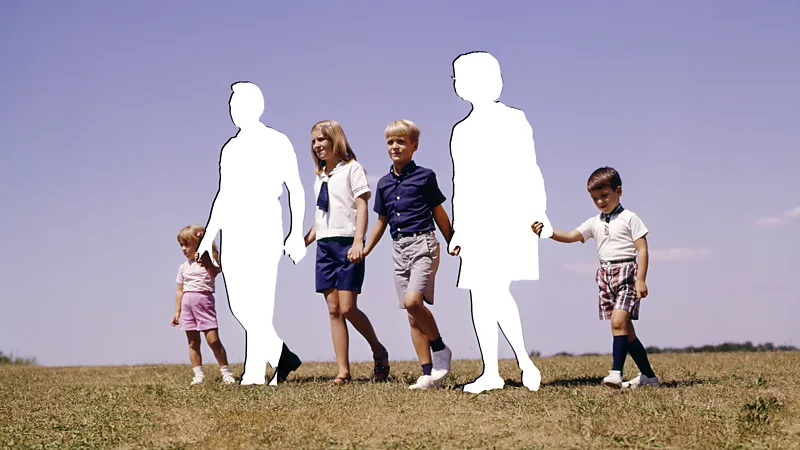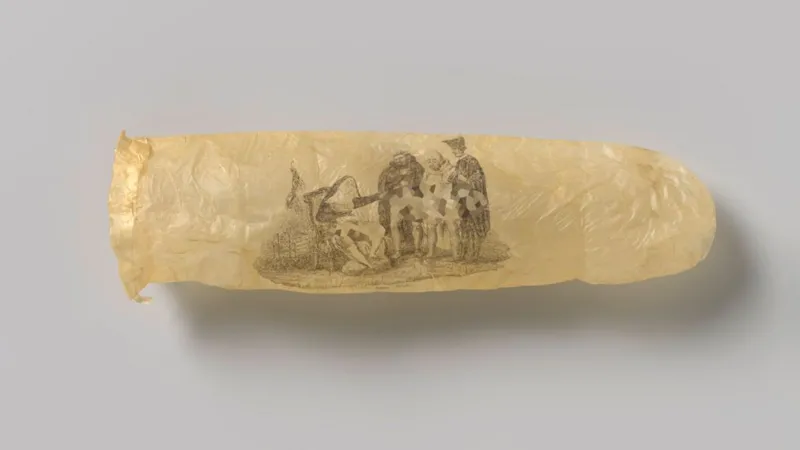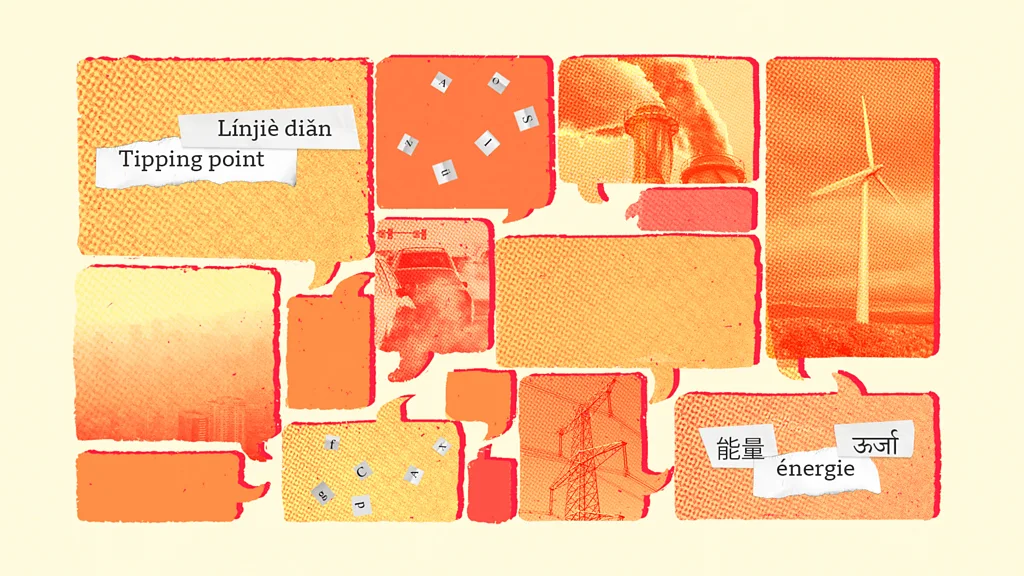The climate benefits of boxed wine

Are beer, wine or spirits better for the climate? And how does alcohol overall compare to other drinks and foods? Jocelyn Timperley takes a look into her drinking habits to find the most environmentally friendly tipple.
A few years ago, I discovered that the glass in some wine bottles can weigh as much as the wine inside, effectively doubling the transport emissions of the wine.
I decided to try a switch to boxed wine and, living in France at the time, found some decent ones. But I also found that a constantly open box in the fridge made me drink more, and after moving back to the UK where good boxed wine seemed harder to come by, I dropped the experiment.
While I've taken steps to reduce my personal carbon footprint from things like food and transport, the environmental footprint of alcohol consumption has largely remained off my radar. In fact, alcohol often seems to be given rather a silent free pass when it comes to discussions on sustainable food choices. So I decided to investigate in more detail how much alcohol is actually contributing to my carbon emissions – and whether I can enjoy it in a more sustainable way.
My first port of call was Megan Cook, a research fellow at the Centre for Alcohol Policy Research (CAPR) at La Trobe University in Australia, who recently co-published a call for more research on the contribution of alcohol to climate change and other environmental problems.
Cook says the evidence around the environmental impacts of alcohol is "underdeveloped". "There is both a lack of evidence and little consensus on how to measure the environmental impact of alcohol," she says. "Currently estimates can vary quite widely depending on which factors are considered and how estimates are calculated." These estimates do show, however, that alcohol "does have a substantial impact" in terms of emissions, says Cook.
A 2021 study in the UK, for example, found that drinks, predominantly tea, coffee and alcohol, contribute around 15% of the greenhouse gas emissions from diets, while a 2018 Swedish study concluded alcohol specifically contributed 3%.
Some researchers have suggested a reduction of "luxury" low-nutrition crops used to make alcoholic drinks, such as vineyards, as a way to make diets more sustainable and free up land, although others have noted that this would be a "controversial cultural topic".
The carbon footprint of alcohol can vary hugely depending on what is being looked at, how far it has travelled, and the method used for evaluating it. A 2022 review of studies about wine, for example, found carbon footprints ranging from 0.15 to 3.51kg carbon dioxide equivalent (CO2e) per bottle.
Even when comparing the same lifecycle stages, "we found carbon footprints with differences as high as around six times between different wines," says Luís Pinto da Silva, assistant professor in geosciences at the University of Porto in Portugal and co-author of the study.
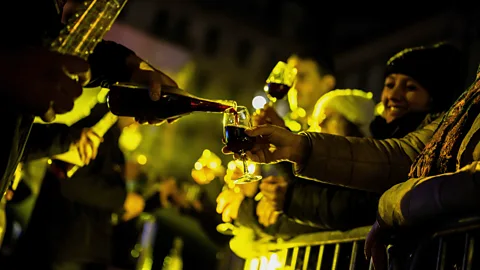
A key question I wanted to know was whether there was any clear-cut difference in carbon between different types of alcohol. In the 2018 Swedish study, researcher Elinor Eva Mari Hallström from the Research Institute of Sweden (Rise) and her colleagues looked at exactly this.
Using self-reported data from 50,000 people in Sweden, a country with similar overall alcohol consumption to the US, they calculated the lifecycle climate impact of beer, wine and spirits. (Beer is the most widely drunk alcohol in the US: it makes up 49% of alcohol consumption, compared to 18% for wine and 34% spirits.)
The study found that beer has around a third of the carbon footprint of wine and spirits per litre. Adjusted for portion sizes, though, beer and wine come in as roughly equal: a standard 12oz (350ml) 3.5% beer would have a footprint of around 0.28kg CO2e, while a 5oz (150ml) glass of wine would be 0.32kg CO2e. A 1.5oz (40ml) portion of a spirit, meanwhile, would emit on average just 0.09kg CO2e, far lower than either beer or wine.
Another analysis looking at a wider range of drinks found that cider has around double the carbon footprint of beer, while sparkling wine and champagne have the same emissions as wine, and brandy/cognac has substantially higher emissions than vodka, sherry and coffee cream liqueur.
Overall, the Swedish study found, alcohol consumption generated an average of 52kg of CO2 equivalent (CO2e) per person per year, equivalent to around four steaks or 70 glasses of milk. But for the 10% of people with the highest intake of alcohol, yearly emissions reached four times this amount, and overall alcohol intake among men generated 90% more emissions than among women.
Kimberly Nicholas, a senior lecturer at the Lund University Centre for Sustainability Studies in Sweden, says it's important to put findings like this in perspective within overall emissions.
In Sweden, Nicholas notes, meat consumption per person leads to around a tonne of CO2e per year – some 20 times more than drinking alcohol. "That means that for a Christmas dinner you would save far more emissions by swapping out a steak for a lovely mushroom wellington, for example, and having an extra glass of wine," she says.
And for high emitters in industrialised countries, the majority of emissions come from flying and driving, Nicholas adds. "Food [and drink] is also an important area but it's much smaller than those other two," she says.
Joseph Poore, director of the Oxford Martin Programme on Food Sustainability at the University of Oxford in the UK, says there are a lot of interesting sustainable businesses out there trying to do good things. "I think it's actually just a case of looking out for sustainable businesses and trying to support them," he says.
 Some beer companies are experimenting with ways to reduce their carbon impacts (Credit: Getty Images)
Some beer companies are experimenting with ways to reduce their carbon impacts (Credit: Getty Images)Others have attempted to produce spirits using captured CO2 from the atmosphere. In recent years some beer companies have experimented with ways to reduce their carbon impacts, from attempting to offset their emissions to sourcing barley through regenerative farming. You can even buy beer brewed from discarded bread crusts, stopping them going to landfill.
Some spirit companies are also turning waste streams, such as old bread, croissants and pastries, into vodka.
While Poore is doubtful of the claims from some companies, he says others have decent life cycle assessments behind them. Still, sustainability claims, he adds, are "not well regulated at the moment".
Pinto da Silva says companies should be quantifying and disclosing the environmental impacts of their products. In fact, a detailed public emissions inventory is one good way to discern whether a company is really serious about cutting carbon.
Still, unlike the clear cut advice given in other areas of food (such as to avoid certain types of meat or fish), there are fewer clear cut rules about how to consume alcohol sustainably, Poore tells me.
Poore's one piece of advice would be to consider buying organic wine, due to the high quantities of pesticides involved in conventional wine. The largest carbon impacts come from viticulture (growing the grapes) and bottling, with transport and the wine production contributing to a lesser extent.
Emissions from growing grapes come from the diesel used in agricultural machinery and, to a lower extent, the use of fertilisers, says Pinto da Silva. But viticulture can also contribute to carbon removals, he adds. "Healthy vineyard soils can absorb and store atmospheric CO2. If nearby vegetation is integrated and maintained in the vineyard, they can absorb and store CO2 as part of their biomass."
Such carbon removal processes can be "enhanced by good agro-environmental practices," Pinto da Silva adds, helping to mitigate the carbon impact of wine production.
Organic and regenerative agricultural practices to increase soil health, such as minimising tillage, eliminating synthetic fertilisers and introducing more biodiversity, have long been used in some vineyards despite the wider industrialisation of farming. But they are now gaining increasing prominence as a way to mitigate and adapt to the impact of climate change.
Still, it's actually the bottles that several studies find to be the main contributor to the carbon footprint of wine, says Pinto da Silva.
Unlike most foods, says Nicholas, research shows that packaging actually makes up a substantial portion of the emissions from alcohol. This is especially the case for spirits and wine, where producing the packaging alone accounts for around a third of the carbon footprint.
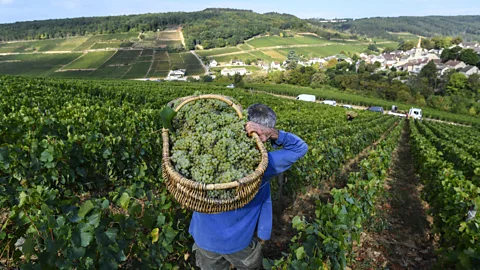 Viticulture makes up a large proportion of the carbon impact of wine – but good practices can also lead to some CO2 being absorbed by the soil (Credit: Getty Images)
Viticulture makes up a large proportion of the carbon impact of wine – but good practices can also lead to some CO2 being absorbed by the soil (Credit: Getty Images)According to Systembolaget, a government-owned chain of liquor stores in Sweden, boxes and bags are the most climate-friendly way to package alcohol, followed by cartons, returnable glass and cans. Glass comes in as by far the most carbon intensive, a finding backed up by other research.
Manufacturing glass is carbon intensive, and glass's heaviness also contributes strongly to food miles. "Basically it takes a lot of energy to melt sand into glass, and a lot of energy comes from fossil fuels right now; glass is heavy and it takes energy to ship it around," says Nicholas.
Glass wine bottles have slowly been gaining weight over the past few decades, and now weigh 550g (19oz) on average. This has been attributed to a perception that people associate heavier bottles, dubbed by some as "bodybuilder" bottles, with higher quality wine.
As producers attempt to cut their carbon footprints, some are moving towards lighter wine bottles, which can weigh as little as 330g (12oz). Some package-free shops are also experimenting with reusable wine bottles: one wine shop I used to go to in London would always have an excellent box of red, white and rose which you could fill up reusable bottles with for £10 ($12.75).
And what about my own short-lived boxed wine experiment? Bag-in-a-box wine was first introduced in the 1970s and its association with cheap wine has meant it developed a bad reputation in some places, but it’s actually an excellent way to transport and store wine and has been seeing something of a revival in recent years as winemakers try to reduce emissions.
Being made of plastic and cardboard, wine boxes are far lighter than glass, and their mechanisms are great for avoiding the wine being exposed to oxygen as it is in an open bottle, meaning the wine stays fresh for three or four weeks after opening.
Of course, there are disadvantages too: it tends to come in boxes of 3-5 litres, equivalent to four to seven bottles of wine: a lot of wine to get through in just a few weeks. It also has a shorter shelf life than bottled wine so is only suitable for wine you'll be drinking soon-ish, not for ageing. Plastic is also far less recyclable than endlessly recyclable glass, says Poore, which can also in theory be returned for reuse. In order to reap the benefits of recyclable or reusable packaging, though, we have to actually recycle or reuse them, and this isn't always happening, says Cook. In the US, for example, the rate of glass recycling was only 31% in 2018.
During my quest for lower carbon alcohol, I bought a box of wine to mull for a Christmas party, and I plan to experiment more to see if I can find some boxed wines I like.
But it's clear that there is a dearth of good information out there on how to cut the carbon impact of alcohol as a consumer. "It's not just on individuals here – we need global intragovernmental coordination to address climate change, and to hold the alcohol industry to account for their climate impacts," says Cook.
The easiest and most obvious way to reduce carbon emissions from alcohol is simply to drink less of it, she says. This would also have knock on health benefits: some 178,000 people die from excessive alcohol use each year in the US, and the less you drink, the lower your risk for a huge range of health effects, including breast and colorectal cancer. It's worth noting that the US government recommends no more than one drink a day for women and adults over 65, and no more than two for men.
Research has shown that the glasses we use to drink wine have been gradually increasing in size, and that this could be influencing how much we drink. In the UK, researchers recently called on the government to stop serving beer in pint (0.6 litre) glasses after a study showed they led people to drink more compared to smaller glass sizes.
My biggest takeaways are to concentrate on drinking smaller amounts of better quality alcoholic drinks, and particularly to seek out producers using regenerative agricultural practices (such as a focus on biodiversity), renewable energy and sustainable packaging. As Poore puts it, "consume less and better".
Still, a point from Nicholas sticks in my head: for the same climate impact as a round-trip flight between New York and London, she calculates, you could drink some 1,250 bottles of wine. "So [you could] potentially have many lovely evenings around the dinner table enjoying a nice wine instead of a weekend in New York or London."
Source: Lead News Online
























